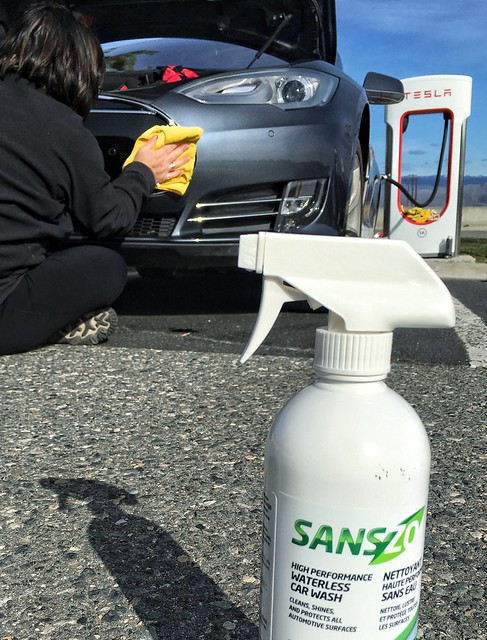PatD
Member
They really do work, and work well. Folks over at autopia.org, a car detailing forum, highly recommend them. And if you thought _this_ was an obsessive forum, you've not seen anything yet compared to autopia!
Hehehe, I can only imagine!
You can install our site as a web app on your iOS device by utilizing the Add to Home Screen feature in Safari. Please see this thread for more details on this.
Note: This feature may not be available in some browsers.
They really do work, and work well. Folks over at autopia.org, a car detailing forum, highly recommend them. And if you thought _this_ was an obsessive forum, you've not seen anything yet compared to autopia!
Remarkably, they don't. The waterless products contain significant amounts of lubricants and emulsafiers, which dissolve the dirt and lift it off the paint. The solution then gets sucked up into your towel, pulling the dirt away from the surface. Anything left is slick from the lubricants and won't scratch the paint. Not unlike what soap does, just no soapy residue that requires rinsing.
But probably you shouldn't use them with paint armour because the lubricants (which are likely petroleum distillates) will cause yellowing.
If a waterless wash or retailer does contain petroleum distillates, I wonder how many years of exposure through repeated applications would be necessary to have an impact on paint film.But probably you shouldn't use them with paint armour because the lubricants (which are likely petroleum distillates) will cause yellowing.
But probably you shouldn't use them with paint armour because the lubricants (which are likely petroleum distillates) will cause yellowing.
That's a good question and warrants further investigation.
I believe they are some sort of polymer, like silicone or acrylic, and not a distillate but can't say for certain. I'll do a little digging.
A polymer-based waterless wash is exactly what I use, which I get from the guy who did my nanocoating. I have CQuartz Finest on the car, and then once a week or so I use the polymer waterless wash (it actually uses a pint of water per wash). It's the same idea as described above - spray it on, use a towel to lightly wipe it off which takes most of the dirt with it onto the towel, then repeat with a clean towel and a harder wipe. Whole car takes me about 30 minutes. Car looks super shiny when done, I can do it in my garage as there is no dripping so I'm out of the sun, and it uses virtually no water. It's a nice system.That's a good question and warrants further investigation.
I believe they are some sort of polymer, like silicone or acrylic, and not a distillate but can't say for certain. I'll do a little digging.
Does that stuff smell? I tried a waterless product and used it in a close environment and the fumes tended to make me ill...

Tried something new and confirmed with Optimum support that it works (theoretically). I added 1 oz of Optimum Instant Detailer (OID) concentrate to the standard Optimum No Rinse (ONR) dilution (1 oz per gallon water). Wash car as normal, but now when you wipe dry, you're all "done" (rather than have to wash with ONR, wipe dry, then detail with OID). Hard to say if it makes much difference, but theoretically it'll have more gloss and you save a step.


